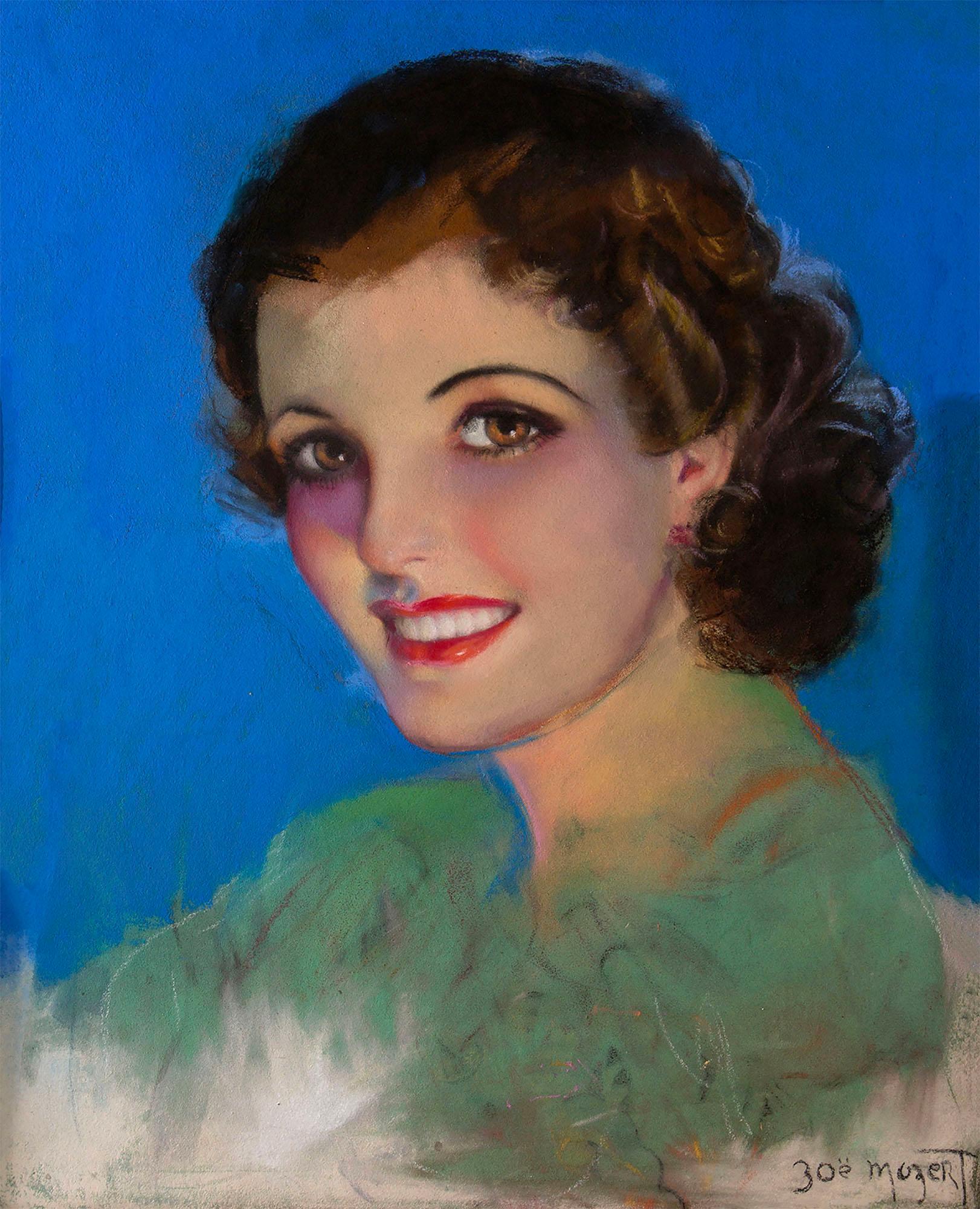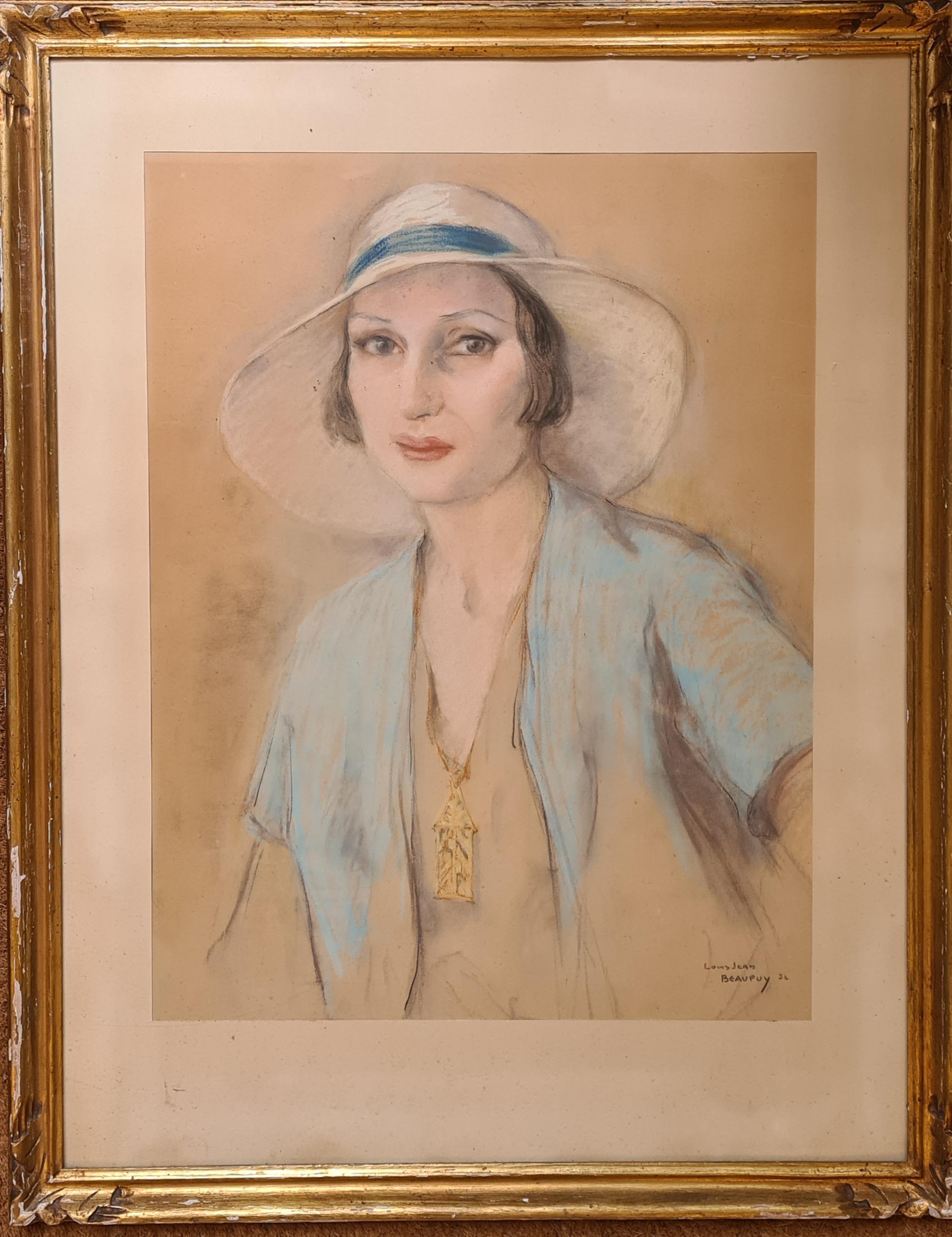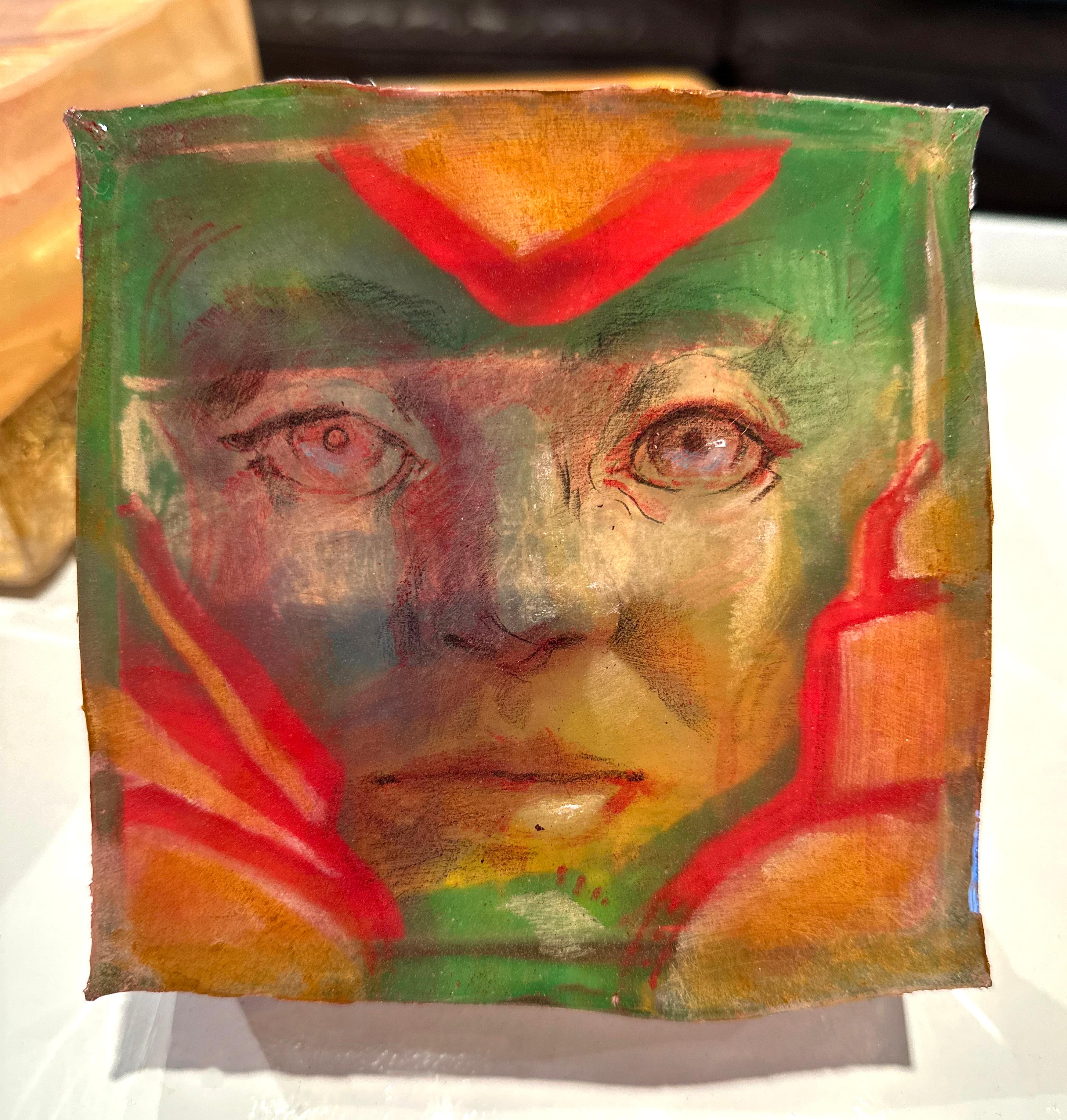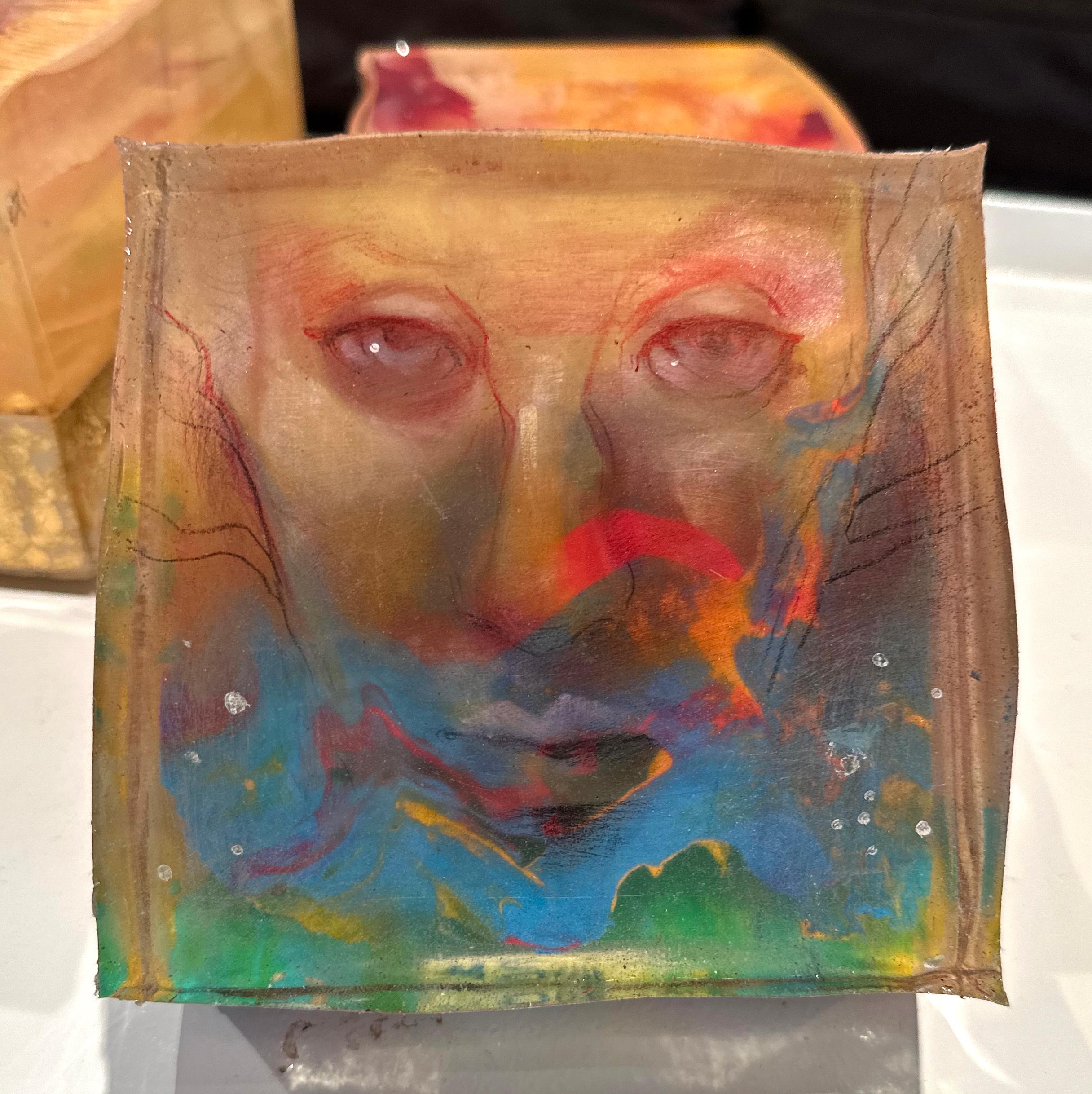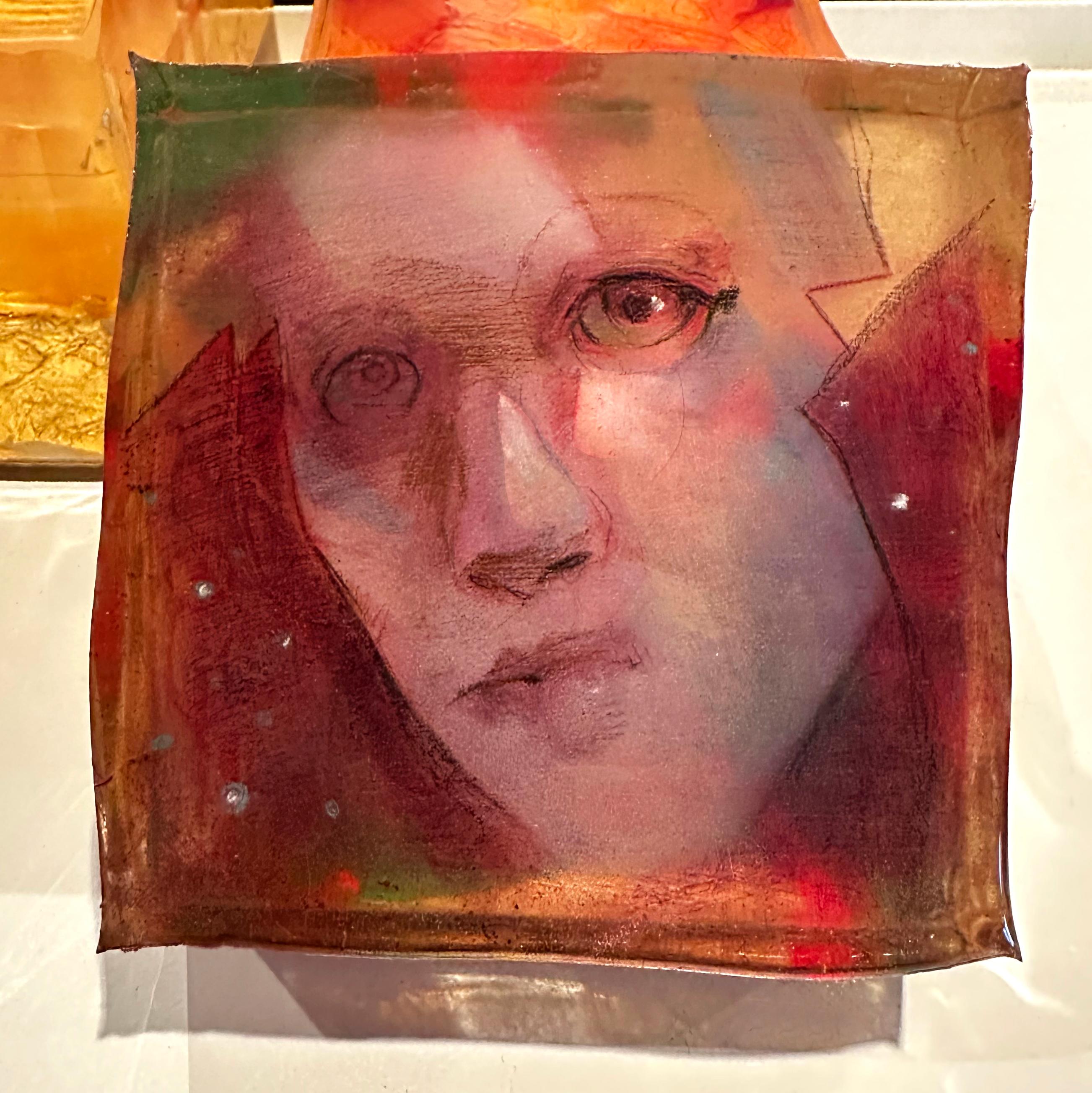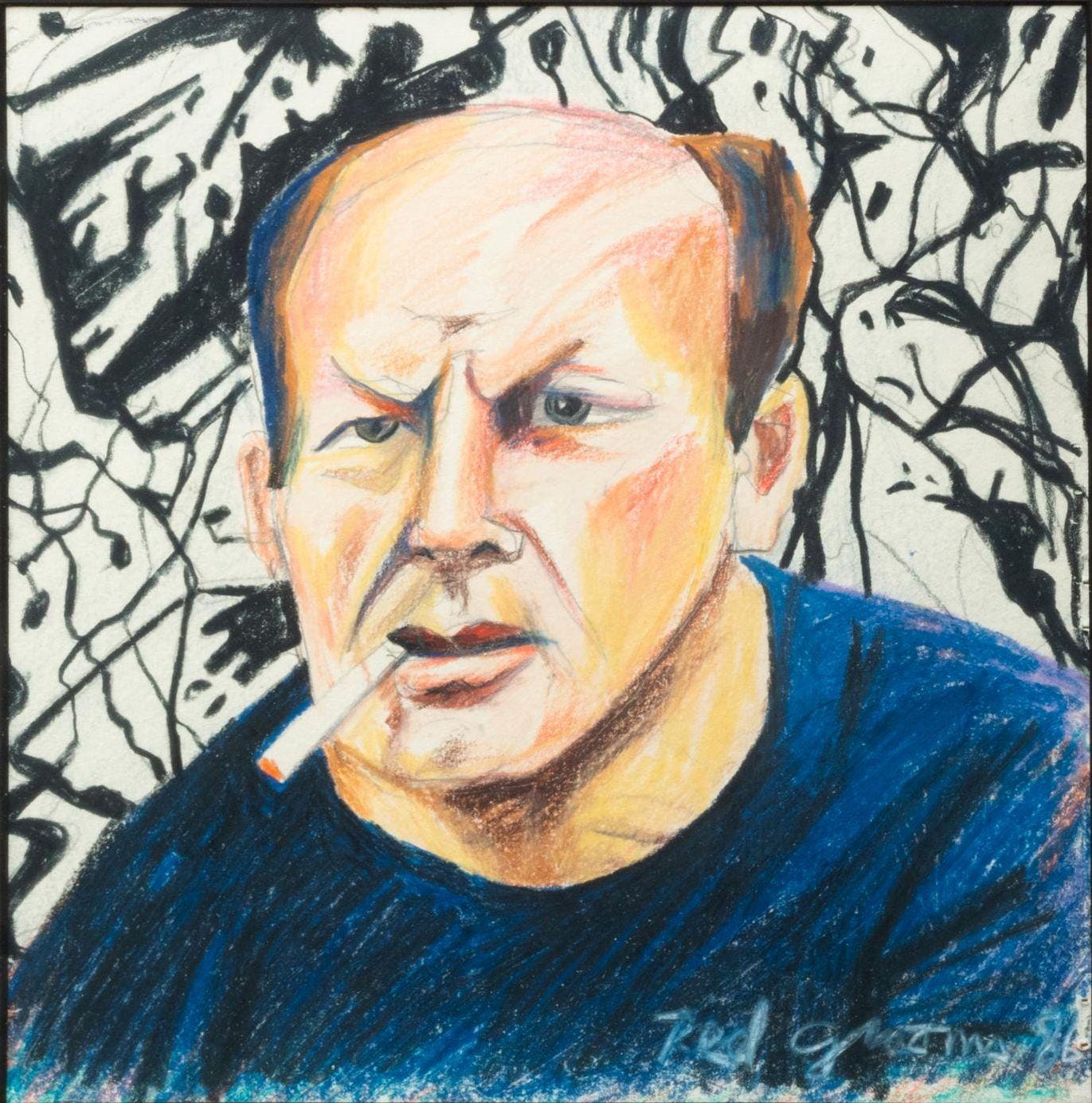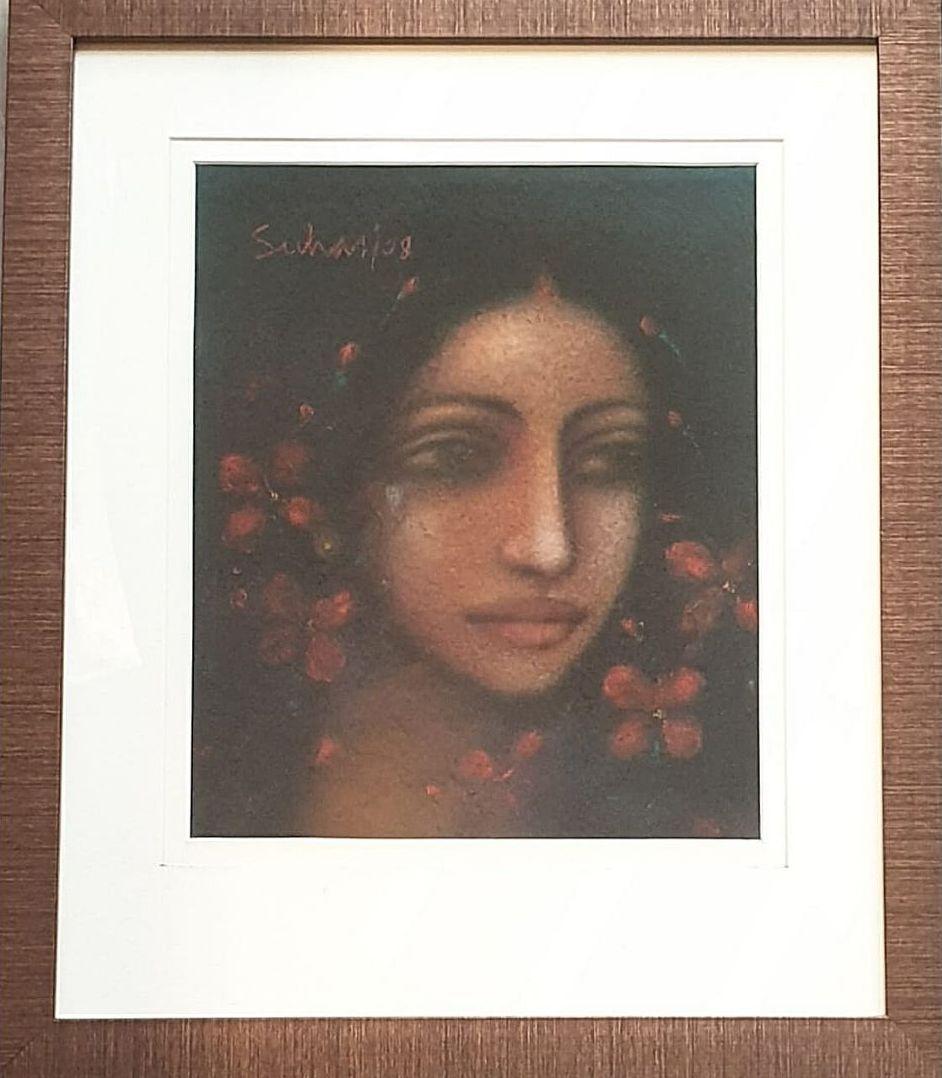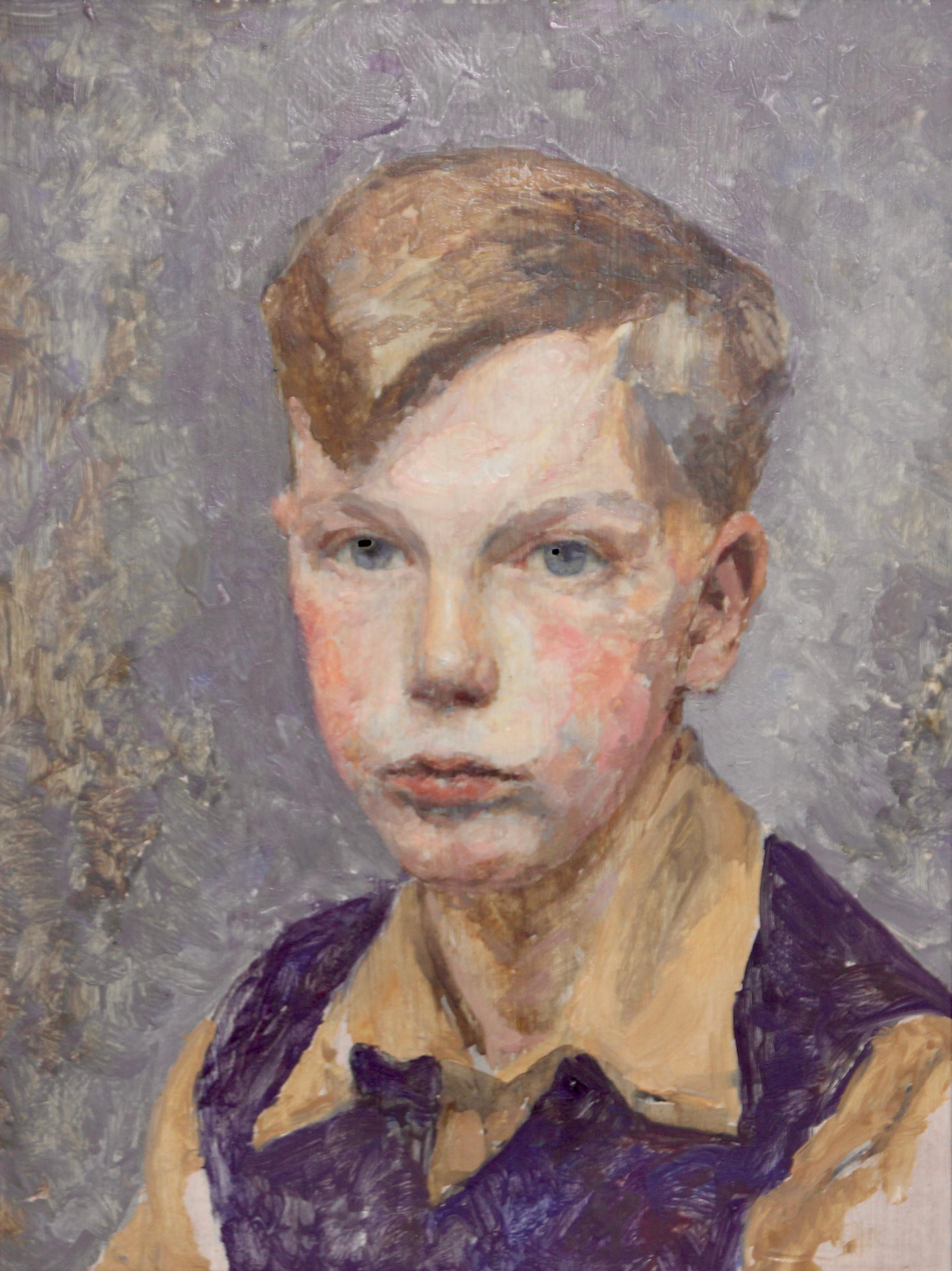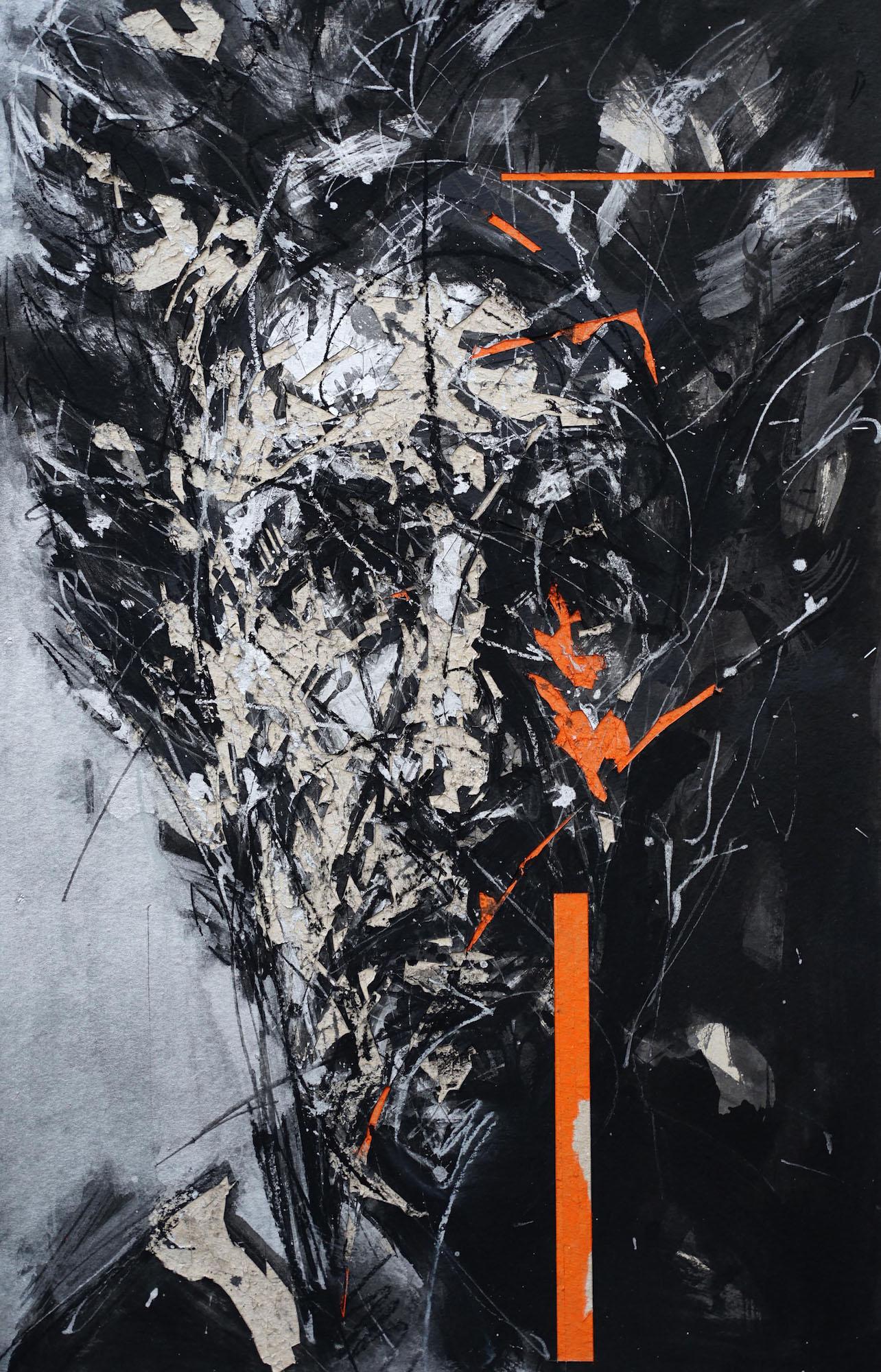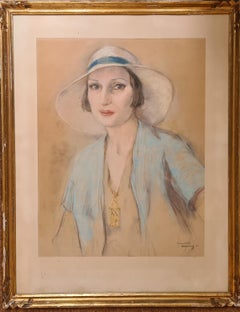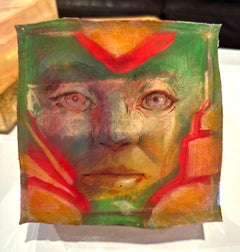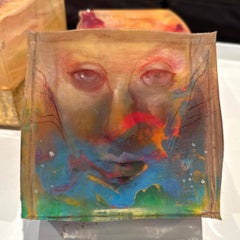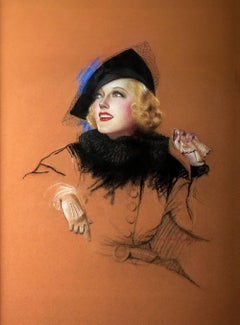
Marion Davies
View Similar Items
Charles SheldonMarion Davies1936
1936
About the Item
- Creator:Charles Sheldon (1889 - 1961, American)
- Creation Year:1936
- Dimensions:Height: 34 in (86.36 cm)Width: 28.25 in (71.76 cm)
- Medium:
- Movement & Style:
- Period:
- Condition:
- Gallery Location:Minneapolis, MN
- Reference Number:1stDibs: LU1222763312
Charles Sheldon
Charles Sheldon was a prolific American illustrator, born in 1889. He created many movie magazine covers featuring Golden Age Hollywood icons. The pastels he created for Photoplay, from 1925–30, included glamorous depictions of Hollywood film stars, like Clara Bow, Mae West, Jean Harlow, Greta Garbo, Gilda Gray, Mary Pickford and numerous other Hollywood enchantresses. Unlike many movie magazine illustrators, who primarily worked off publicity photos, many of these stars sat for him. Along with his work for Photoplay, the artist worked for Screenland, Movie Classic and Radio Digest magazines.
You May Also Like
1930s Portrait Paintings
Pastel, Illustration Board
Mid-20th Century Art Deco Portrait Drawings and Watercolors
Paper, Crayon, Pastel
21st Century and Contemporary Abstract Paintings
Resin, Acrylic, Board, Pencil, Pastel
21st Century and Contemporary Abstract Paintings
Resin, Pastel, Acrylic, Board, Pencil
21st Century and Contemporary Abstract Paintings
Resin, Pastel, Acrylic, Board, Pencil
1980s Pop Art Portrait Paintings
Board, Pastel
